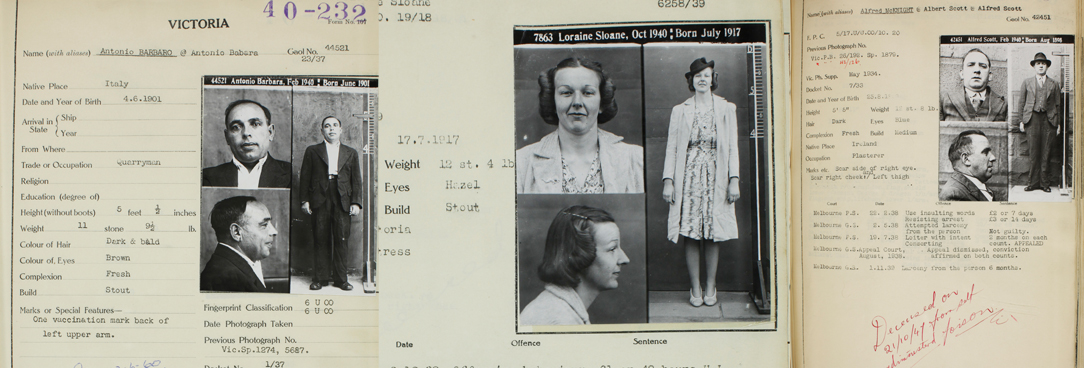1 January 2016
Hundreds of records relating to Victoria’s history have been made public today as part of Public Record Office Victoria’s annual opening of officially closed records. The records are of particular interest to family historians waiting on files that mention members of their family tree.
Under Section 9 of the Public Records Act 1973 files of a personal or private nature are closed from between 75 to 99 years to prevent the violation of personal privacy. As of the first of January 2016 another year of files will be opened to the public for the first time.
Director and Keeper of Public Records, Justine Heazlewood, said this year’s openings provide an insight into parts of Victorian history which have been obscured for many years.
“These newly opened records provide a snapshot into our history previously unseen. From 1915 Children’s Court and ward registers to 1940 asylum records, criminal trial briefs and capital case files - through these annual openings we peek into that particular year and re-discover our past,” said Ms Heazlewood.
Among this year’s openings are three capital case files and hundreds of criminal cases. The Head Nurse’s Daily Report Book from Kew Mental Hospital’s Female Wards is also an interesting record detailing activities within the mental hospital from the year 1940. Her daily report included notes like who was injured, ill, violent, out on trial with further remarks about patient conditions.
“We encourage Victorians to explore their past through our archives, whether that be tracing your family roots, researching your home or community, or simply discovering a particular time in Victoria’s history to better understand the present,” said Ms Heazlewood.
See attached word document for a full list of opened records.
A broad guide to time periods for closure under Section 9 is as follows:
• Records primarily concerning adults may be closed for 75 years from the year in which the records were created.
• Records concerning children as the primary subject of the record may be closed for 99 years from the year in which the records were created.
• Records such as staff records where the individuals concerned may still be in the workforce may be closed for a lesser period such as 30, 40, or 50 years as appropriate.
